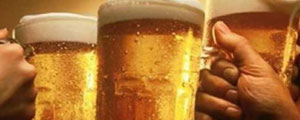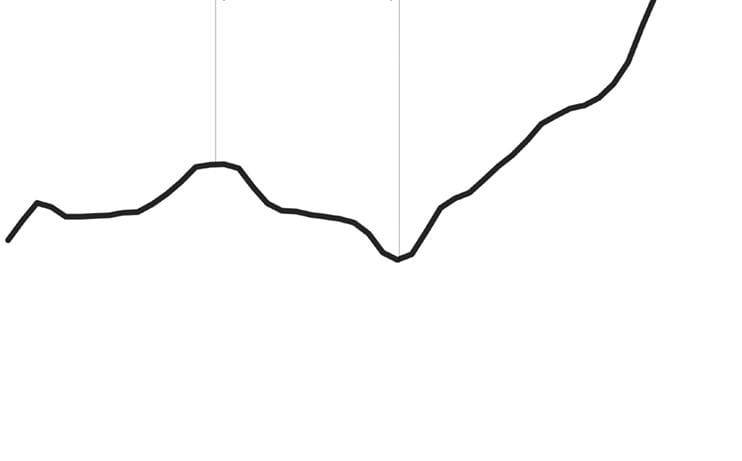
ZIMBABWEAN women are among hardest drinkers on the continent making it into the top six of African women binge boozers, according to data complied by the World Health Organisation (WHO).
STAFF REPORTER
The data, which tracks drinking patterns across the globe, indicates that 20,3% of local women love their tipple.
At the top of the list, however, are South Africa and Zambia, with 41,2% of their female populations said to engage in binge drinking.
These are followed by Burkina Faso (36,8%), Mozambique (32,8%) and Nigeria (32,9%).
The findings showed that bingeing was a worldwide phenomenon with the love for alcohol spanning class, culture and profession with the exception of Muslim countries.
WHO defines binge drinking as drinking at least 60 grams of pure alcohol at least once a week.
Although traditionally associated with men, a lot of women have in recent years started taking alcohol primarily as a social engagement.
- Chamisa under fire over US$120K donation
- Mavhunga puts DeMbare into Chibuku quarterfinals
- Pension funds bet on Cabora Bassa oilfields
- Councils defy govt fire tender directive
Keep Reading
For a long time, alcohol consumption by women has been traditionally associated with women of loose morals, something that has courted the ire of gender activists.
Police have routinely rounded up women from nightspots in the city in anti-prostitution operations.
Gender Trust director Naomi Chebundo is on record castigating the police and blaming the government for signing gender discriminative laws.
“What police are doing is unfair as most innocent women find themselves behind bars or paying fines because of a selective justice system,” she said. The data demonstrates that Pakistan, despite the fact that it is a Muslim country, has a sizeable drinking problem.
The “riskiest” drinkers, however, are found in Russia and Ukraine.
Zimbabwean men were pegged at 39%, which places them at number seven in Africa.
The country’s largest brewer, Delta Beverages, said in its 2012 financial results Zimbabwe consumed 198,1 million hectolitres of lager and 335,4 million hectolitres of opaque (millet) beer.











